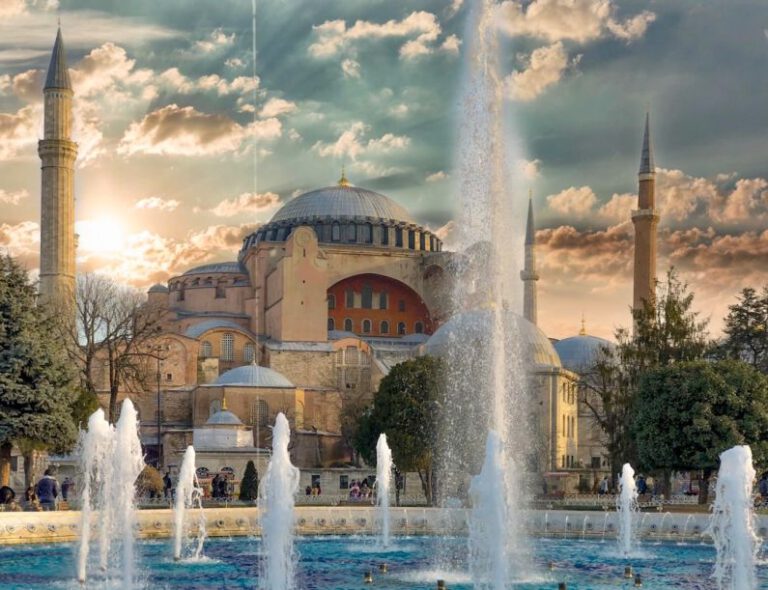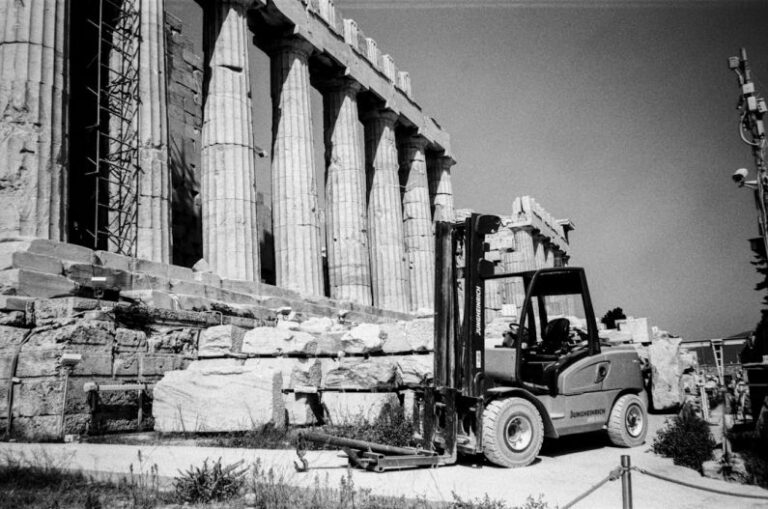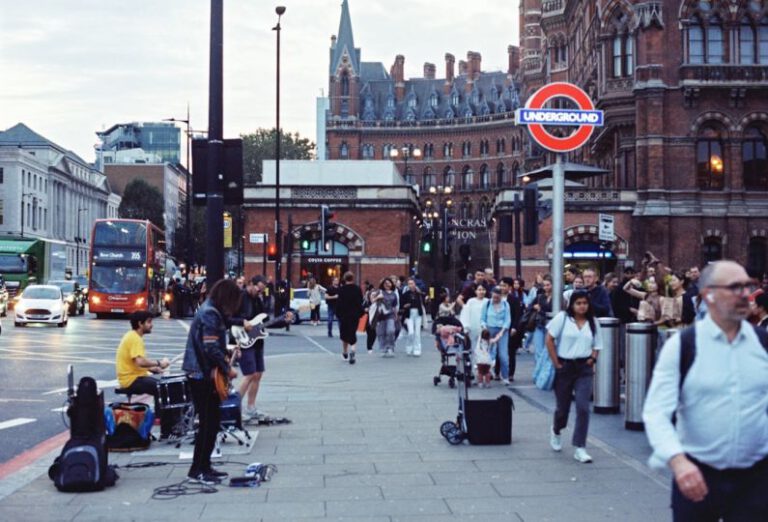Bringing Back the Bazaars: Conservation Efforts in Istanbul’s Grand Bazaar
Istanbul’s Grand Bazaar, a historical and cultural landmark, has been the heart of trade and commerce in Turkey for centuries. Spanning over 60 streets and housing more than 4,000 shops, this bustling marketplace is a vibrant hub of activity where locals and tourists alike come to immerse themselves in the rich tapestry of Turkish culture. However, in recent years, the Grand Bazaar has been facing challenges due to modernization and changing consumer preferences. As a result, conservation efforts have been put in place to preserve the authenticity and charm of this iconic bazaar.
Preserving the Architectural Heritage
One of the key aspects of the conservation efforts in Istanbul’s Grand Bazaar is the preservation of its architectural heritage. The bazaar’s intricate design, with its labyrinthine layout and vaulted ceilings, is a testament to the craftsmanship of the artisans who built it centuries ago. To ensure that these architectural wonders are not lost to time, restoration projects have been undertaken to repair and maintain the historic buildings within the bazaar. By preserving the architectural heritage of the Grand Bazaar, conservationists are not only protecting its physical structures but also safeguarding the cultural legacy that this marketplace represents.
Promoting Traditional Crafts
Another important aspect of the conservation efforts in the Grand Bazaar is the promotion of traditional crafts. The bazaar is renowned for its wide array of handmade goods, from intricately patterned carpets to exquisite ceramics and jewelry. By supporting local artisans and craftsmen, conservationists are helping to ensure that these traditional crafts continue to thrive in the modern world. Initiatives such as artisan workshops and craft fairs have been organized to showcase the talents of these craftsmen and provide them with a platform to reach a wider audience. By promoting traditional crafts, conservation efforts are not only preserving the cultural heritage of the Grand Bazaar but also supporting the livelihoods of the artisans who call it home.
Sustainable Practices
In addition to preserving the architectural heritage and promoting traditional crafts, conservation efforts in the Grand Bazaar also focus on sustainable practices. As one of the oldest and largest covered markets in the world, the bazaar has a significant environmental footprint. To mitigate this impact, initiatives such as waste management programs and energy-efficient practices have been implemented within the bazaar. By adopting sustainable practices, conservationists are not only reducing the environmental impact of the Grand Bazaar but also setting an example for other historic marketplaces around the world.
Enhancing the Visitor Experience
While preserving the historical and cultural significance of the Grand Bazaar is paramount, conservation efforts also aim to enhance the overall visitor experience. With millions of tourists visiting the bazaar each year, efforts have been made to improve amenities and facilities within the marketplace. From signage and wayfinding to information centers and guided tours, these enhancements are designed to make the visitor experience more informative and enjoyable. By creating a welcoming and engaging environment, conservationists are ensuring that the Grand Bazaar remains a must-visit destination for travelers from around the globe.
Celebrating Diversity and Inclusivity
Lastly, conservation efforts in the Grand Bazaar celebrate the diversity and inclusivity of this iconic marketplace. With its eclectic mix of vendors and visitors from different backgrounds and cultures, the bazaar is a melting pot of diversity. Initiatives that promote cultural exchange and dialogue, such as cultural festivals and exhibitions, are organized to foster understanding and appreciation among the diverse communities that call the bazaar home. By celebrating diversity and inclusivity, conservationists are not only preserving the heritage of the Grand Bazaar but also promoting unity and harmony among its inhabitants.
Preserving the Legacy of the Grand Bazaar
In conclusion, the conservation efforts in Istanbul’s Grand Bazaar are crucial for preserving the legacy of this historic marketplace. By focusing on preserving its architectural heritage, promoting traditional crafts, adopting sustainable practices, enhancing the visitor experience, and celebrating diversity and inclusivity, conservationists are ensuring that the Grand Bazaar remains a vibrant symbol of Turkish culture and heritage. Through these efforts, the Grand Bazaar continues to thrive as a living testament to the rich history and traditions of Istanbul, welcoming visitors from all corners of the world to experience its timeless charm.






